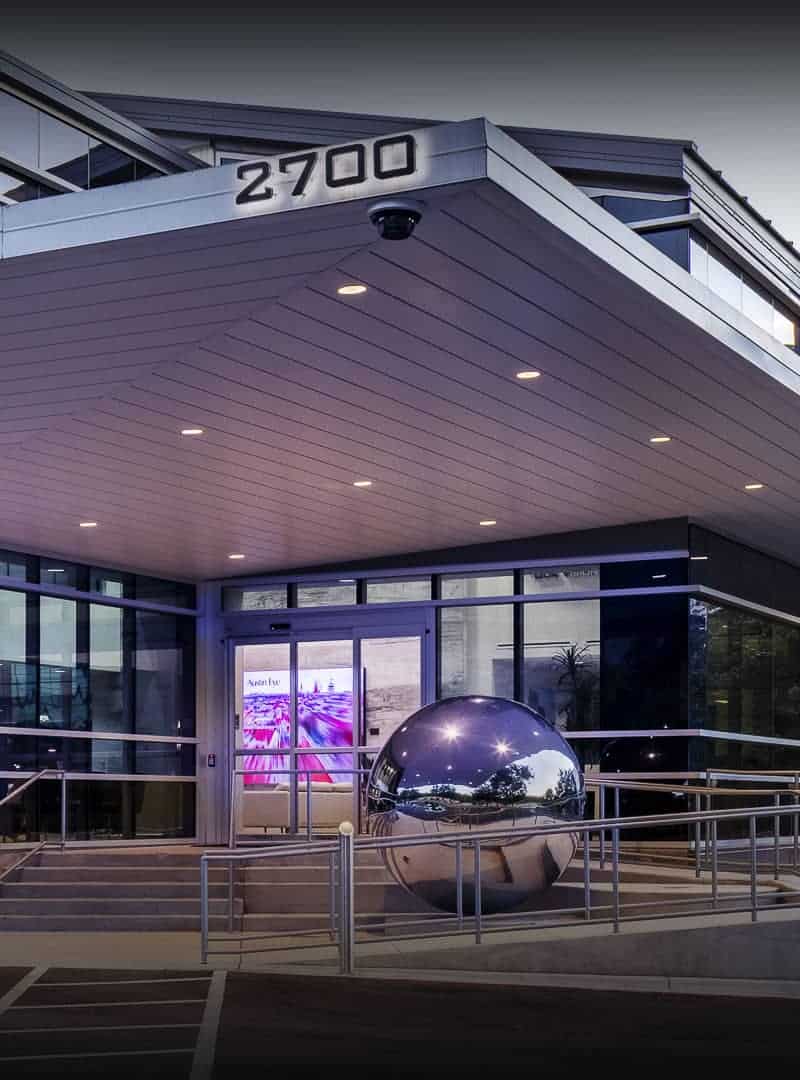
Anyone with diabetes will learn that the disease brings with it a host of side effects affecting various organs. That includes eye conditions such as cataracts, a major cause of impaired vision in diabetics. The top eye specialists at Austin Eye explain the link between diabetes and cataracts.
Diabetes and Cataracts
The risk of developing cataracts, a clouding of the eye’s lens, becomes higher with age. The eyes’ lenses become less flexible and grow thicker over time. While anyone can develop cataracts, people with diabetes are especially vulnerable.
According to the American Diabetes Association, the high blood sugar levels associated with uncontrolled diabetes lead to structural changes in the eye. This accelerates cataract growth.
High blood sugar will damage blood vessels everywhere in the body over time. That includes the eye’s blood vessels. High blood sugar levels in the area between the cornea and the lens, known as the aqueous humor, can lead to swelling of the lens. If this occurs, vision becomes blurred.
Diabetes Risk
A diabetic’s risk for developing early cataracts increases depending on several factors. These include the following:
- Length of time since initial diabetes diagnosis
- Frequency of elevated blood glucose levels
- Presence of macular edema (fluid buildup in the macula, located at the center of the retina)
Cataract Symptoms
Suspect cataracts if you experience any of the following symptoms:
- Blurry vision
- Poor night vision
- Halo effect from lights
- Fading colors
- Double vision
- Worsening of nearsightedness
In its early stages, a cataract may not cause many symptoms. An ophthalmologist may recommend changing eyeglass prescription to improve minor vision issues. Eventually, as the cataract progresses, surgery may prove necessary.
Cataract Surgery
Fortunately, surgery can correct cataracts resulting from diabetes. Cataract surgery is one of the most common surgeries performed. By age 80, over half of all Americans have undergone cataract surgery.
The surgery consists of removing the cloudy lens and replacing it with an artificial intraocular lens, known as an IOL.
Keep in mind that if both eyes are affected by cataracts, two surgeries are necessary. (Each eye is operated on separately.)
Cataract Surgery Complications for Diabetics
Diabetic patients are at an increased risk of complications after cataract surgery. For this reason, such patients go through more extensive pre-surgical testing than those without diabetes.
Diabetics are also at greater risk of developing a secondary cataract, formally known as posterior capsule opacification. Although not technically a cataract, a secondary cataract affects vision in a similar way. A quick laser procedure can usually resolve this problem.
Contact Us
If you have been diagnosed with diabetes, you must pay even more attention to your eye health and have annual eye exams. Contact the dedicated eye care specialists at Austin Eye to schedule an appointment.







